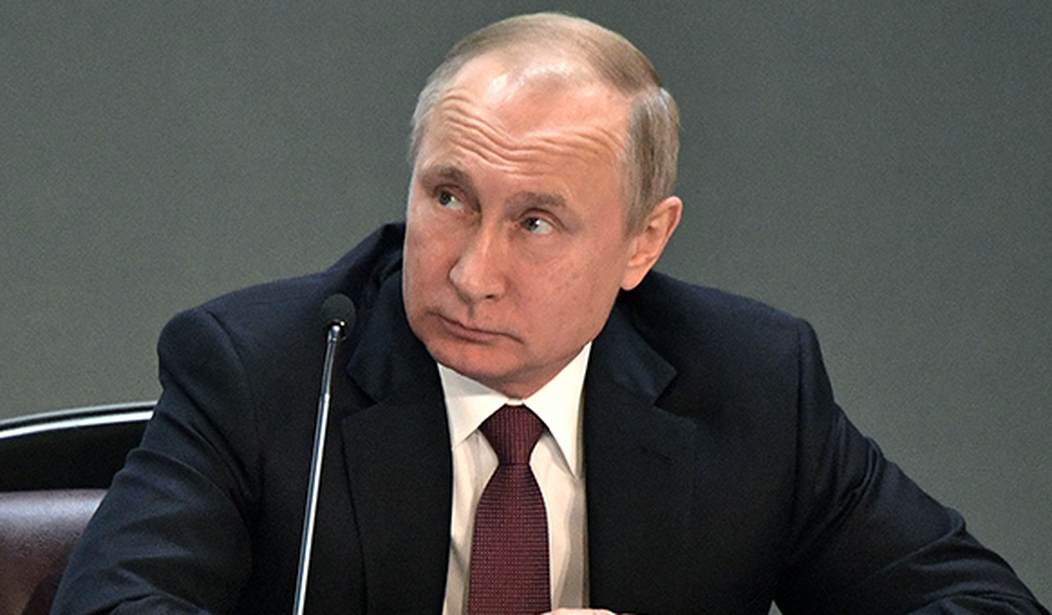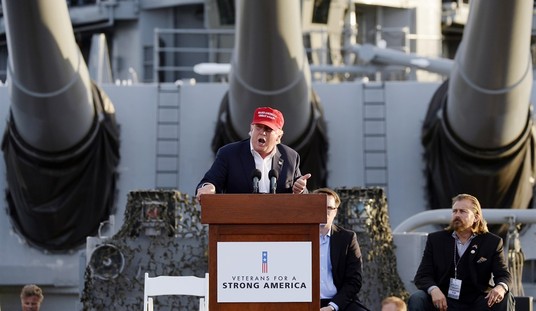Is World War III seriously in the offing? The risk of escalation was always high in the Russia-Ukraine conflict. In his speech explaining his reasons for invading Ukraine, Putin spoke at length about NATO’s expansion. On Friday, NATO’s response force was activated for the first time. In response, Vladimir Putin has ordered Russian nuclear forces to be put on high alert.
The tendency is not altogether toward escalation. Volodymyr Zelensky’s office has announced that a group of Ukrainian officials is set to meet with their Russian counterparts. Maybe some kind of agreement can be reached that will end this madness. According to CBC, Zelensky’s office said that “the two sides would meet at an unspecified location on the Belarusian border and did not give a precise time for the meeting.”
This was a turnaround from Ukraine’s previous stance that the talks must not take place in Belarus, whose president Alexander Lukashenko is a longtime Putin client. Now Zelensky’s office said that Lukashenko “has taken responsibility for ensuring that all planes, helicopters and missiles stationed on Belarusian territory remain on the ground during the Ukrainian delegation’s travel, talks and return.” We can hope.
Otherwise, however, tensions seem to be ramping up everywhere. Putin on Sunday “ordered the Russian defence minister and the chief of the military’s general staff to put the nuclear deterrent forces in a ‘special regime of combat duty,’ a heightened level of readiness.”
Putin said this was a response to what he characterized as “aggressive statements” by NATO powers. As far back as Feb. 8, German Chancellor Olaf Scholz said that NATO would present a unified response to Russian aggression against Ukraine: “All the steps we will take we will do together. As the President said, we are preparing for that. You can understand and you can be absolutely sure that Germany will be together with all its allies and especially the United States, that we take the same steps. There will be no differences in that situation.”
All right. But what might those steps be? NATO heads of state and government on Friday declared: “We condemn in the strongest possible terms Russia’s full-scale invasion of Ukraine, enabled by Belarus. We call on Russia to immediately cease its military assault, to withdraw all its forces from Ukraine and to turn back from the path of aggression it has chosen. “
Related: Is Putin’s Next Target the Baltic States?
And what if Russia does not turn back from its path of aggression? Then NATO will “draw all the necessary consequences for NATO’s deterrence and defence posture. …We have deployed defensive land and air forces in the eastern part of the Alliance, and maritime assets across the NATO area. We have activated NATO’s defence plans to prepare ourselves to respond to a range of contingencies and secure Alliance territory, including by drawing on our response forces.”
The NATO chiefs insisted: “Our measures are and remain preventive, proportionate and non-escalatory.” But that is more of a hope than a declaration. No one can be sure that his or her actions will be “non-escalatory,” because that depends in part on the other party involved. And Putin doesn’t seem to have understood NATO’s actions as “non-escalatory” at all. EU Commission President Ursula von der Leyen stated: “Putin embarked on a path aiming to destroy Ukraine, but what he is also doing, in fact, is destroying the future of his own country.” What ends up destroyed could be much, much more than just Russia.
Old Joe Biden’s handlers, meanwhile, have stated that we won’t get into a hot war with Russia, but that we will keep our commitment to defend other NATO member states if they’re attacked. Those two positions could quite easily move into flat contradiction with one another.
In 1914, the assassination of Archduke Franz Ferdinand of the Austro-Hungarian Empire triggered a complex web of alliances and led to the beginning of the First World War. It is not hard to imagine the complex web of alliances that prevails in today’s world leading to a new world war, and as Putin orders his nuclear forces on alert, that possibility has inched the world closer to a global conflict, and to a nuclear conflagration, than it has been since the Cuban Missile Crisis. The world holds its breath.










Join the conversation as a VIP Member